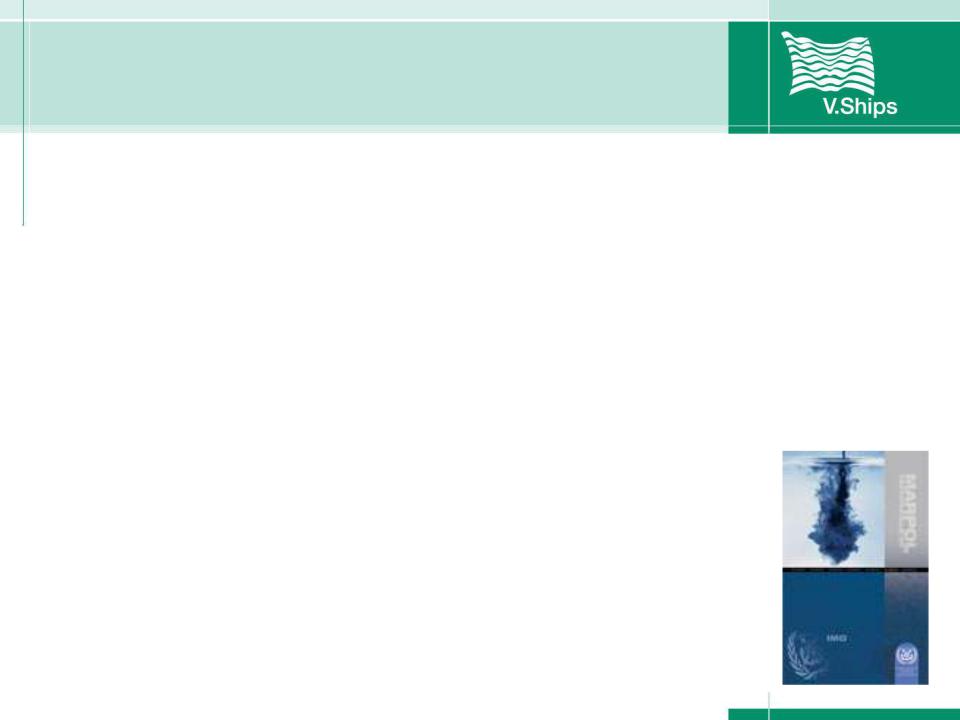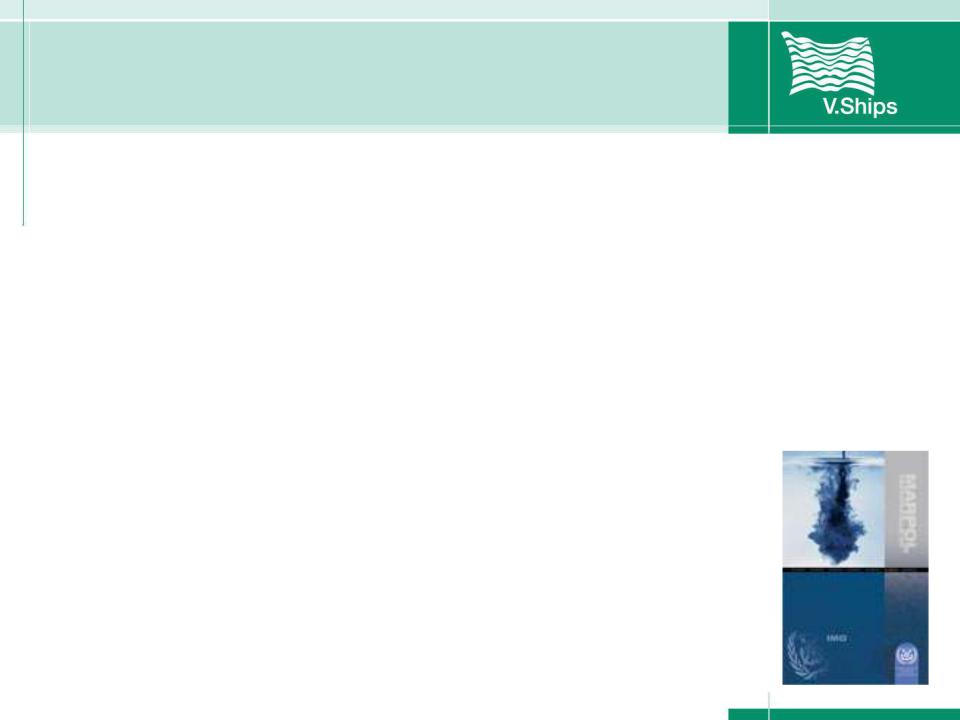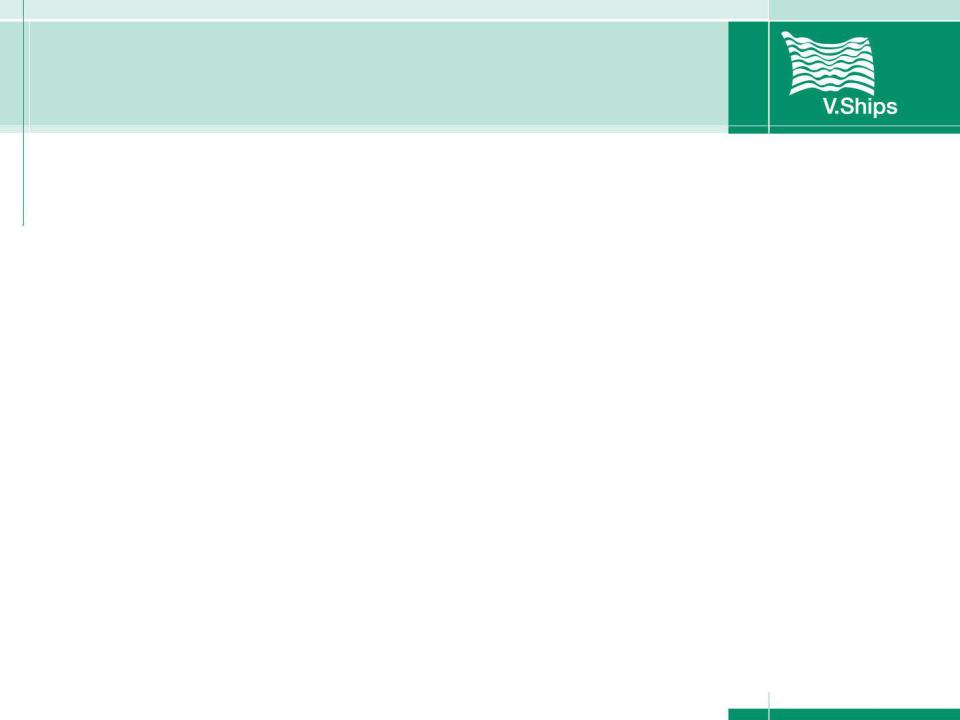
Chemical Tankers / Day 4 / Day 4 Topic 6 Marpol - P&A Manual
.pdf
Annex II Pollution Categories
•A Globally Harmonized System established for the evaluation of Chemicals.
•New GESAMP (Group of Experts on Scientific Aspects of Marine Environmental Protection) hazard evaluation procedure and profile.
•New guidelines established for assigning Pollution Categories.
•Resulting from above revised evaluations, there is a change from 5 to 4 categories of cargo.
•New criteria established for assigning a ship type to a cargo for pollution reasons, not just on safety hazards.

Annex II Pollution Categories
Category X: Noxious Liquid Substances which, if discharged into the sea from tank cleaning or de-ballasting operations, are deemed to present a major hazard to either marine resources or human health and, therefore, justify the prohibition of the discharge into the marine environment;

Annex II Pollution Categories
Category Y: Noxious Liquid Substances which, if discharged into the sea from tank cleaning or de-ballasting operations, are deemed to present a hazard to either marine resources or human health or cause harm to amenities or other legitimate uses of the sea and therefore justify a limitation on the quality and quantity of the discharge into the marine environment;

Annex II Pollution Categories
Category Z: Noxious Liquid Substances which, if discharged into the sea from tank cleaning or de-ballasting operations, are deemed to present a minor hazard to either marine resources or human health and therefore justify less stringent restrictions on the quality and quantity of the discharge into the marine environment.

Annex II Pollution Categories
Other Substances: substances which have been evaluated and found to fall outside Category X, Y or Z because they are considered to present no harm to marine resources, human health, amenities or other legitimate uses of the sea when discharged into the sea from tank cleaning of deballasting operations. The discharge of bilge or ballast water or other residues or mixtures containing these substances are not subject to any requirements of MARPOL Annex II.

Revised Annex II Pollution Categories
• Most Cat. A & some Cat. B become Cat. X
• Most Cat. B and Cat. C |
become Cat. Y |
• Most Cat. D and App. III |
become |
Cat. Z |
• Some few App. III |
become OS (Other Substances) |

Revised Annex II Ship Type
• (Revised ) Ship Type requirements for Pollution reasons:-
• All Cat. X and Y |
require Ship Type - 1, 2, or 3 |
• All not readily “biodegradable” |
require Ship Type - 3 |
• “Persistent floaters” |
require Ship Type - 2 |
•Ship Type for Safety reasons not changed for existing products.
•The ship type assigned for a particular cargo will be that meeting the most stringent Pollution and Safety requirements applicable to that cargo as per the hazard assessment procedures.

Ship Type and Cargoes
•Many more products are required to be carried by chemical tankers (Ship Type 1, 2, 3,)
•Veg Oils are now Cat. Y and ship Type-2 and to be carried only under individual grade names.
Methanol is Cat. Y and Ship Type -3
MTBE is Cat. Z and Ship Type -3
Toluene is Cat. Y and Ship Type -3
Xylene is Cat. Y and Ship Type -2

Ship Type
Ship type 1 |
Ship type 2 |
Ship type 3 |
DISTANCE NOWHERE
LESS THEN 760 MMTanker for Chemicals (ST 2) and Oil, DWT > 5000
(For Ship type 2, the maximum amount of cargo that may be carried in each tank is 3000m3)

Annex II Stripping Requirements
New Ships from 1st Jan 2007: 75 ltrs for X, Y, Z, no tolerance
Existing IBC Ships: 100 ltrs for X, Y (+50 ltrs tolerance) 300 ltrs for Z (+ 50 ltrs tolerance)
BCH Ships : 300 ltrs for X, Y (+ 50 ltrs tolerance) 900 ltrs for Z (+ 50 ltrs tolerance)
Existing ships with NLS Cert: Strip as best as possible
